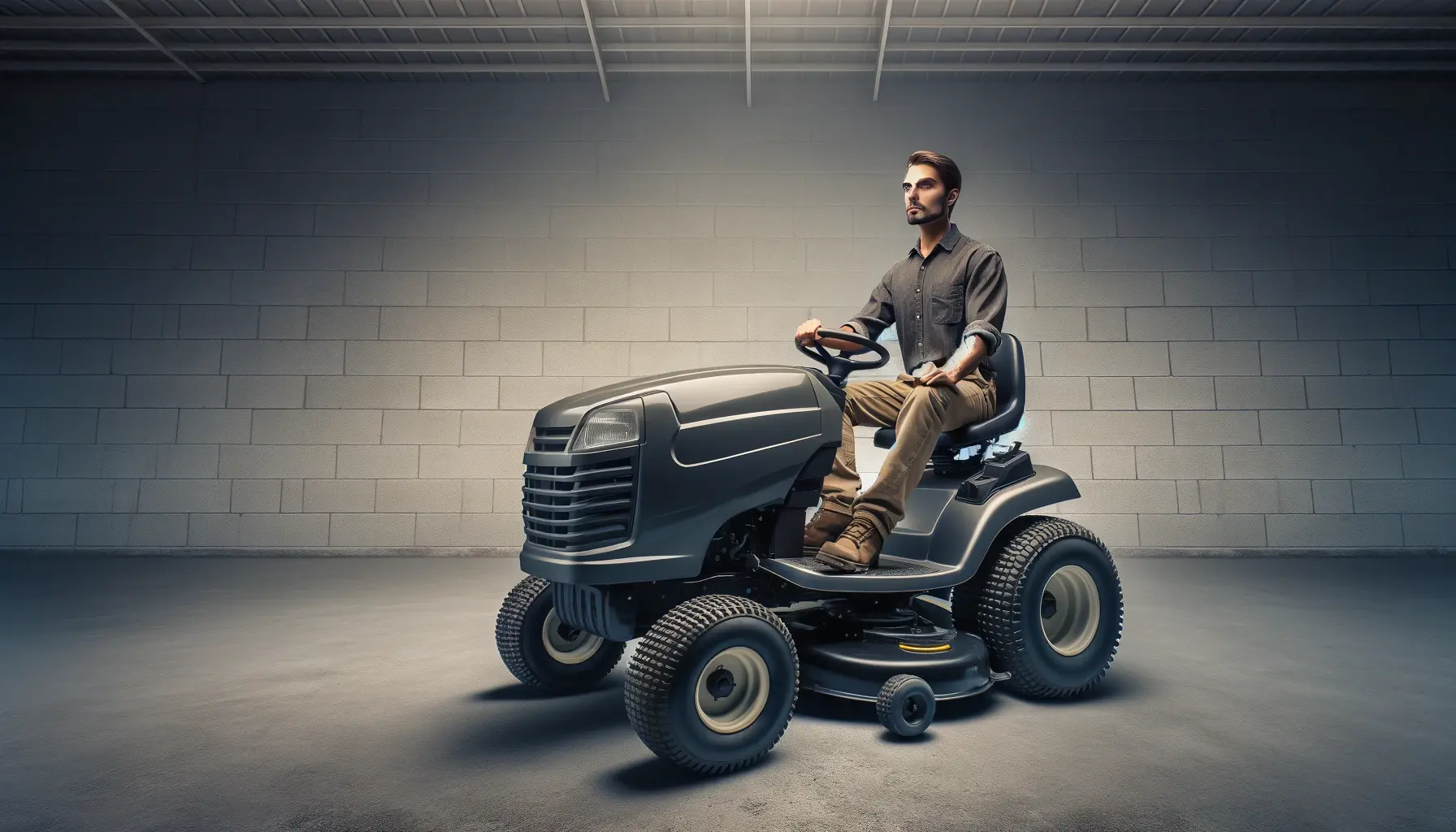Schedule your riding mower repair now!
Top 5 Riding Mower Problems: Troubleshooting and Tips
Navigating through common riding mower problems can be daunting, but understanding whether it's a DIY fix or a job for a repairman is crucial. Here, we outline five prevalent issues seen by Sears Home Services technicians, offering troubleshooting tips to address each concern effectively.
KEY TAKEAWAYS
- Common riding mower problems include issues with starting, engine stalling, rattling/humming noises, rough operation, and ineffective grass cutting.
- Troubleshooting steps for these problems include checking fuel quality, inspecting spark plugs, ensuring battery functionality, examining belts for wear and tear, and lubricating moving parts.
- Some problems may require DIY fixes such as changing fuel and cleaning filters, while others may necessitate professional repair, such as replacing damaged parts like carburetors or belts.
How to determine what’s wrong with your mower, and if it’s a DIY fix or a job for a repairman.
With spring in full swing, it’s time to rev up your riding lawn mower. But like any piece of machinery, riding mowers don’t always work like they should, especially after a long winter’s storage.
Here are five common riding mower problems Sears technicians typically see, and what you should do about them.
Problem #1: The Engine Cranks But Doesn’t Start
- Likely Culprit: Old fuel, spark plug corrosion, dirty air filter, or ignition switch issues.
- DIY Fixes:
- Replace old fuel with fresh gasoline.
- Inspect the spark plug for corrosion and replace if necessary.
- Check the air filter and clean or replace it if it's dirty.
- Use starting fluid as a last resort if the engine still won’t start.
- Technician Needed: If the issue persists after these checks, the ignition switch might be faulty and require professional attention.
- DIY Fixes:
Problem #2: Your Engine Turns Over But Dies Quickly
- Likely Culprit: Battery issues, malfunctioning seat switch, or electrical shorts.
- DIY Fixes:
- Charge the battery for 24 hours and retry.
- Ensure the seat switch is properly connected.
- Technician Needed: If the engine continues to die or the seat switch is correctly plugged in, the switch may need replacement or there could be an electrical short needing expert diagnosis.
- DIY Fixes:
Problem #3: The Engine Rattles and Hums
- Likely Culprit: Worn fan belt, the need for motor lubrication, or loose parts.
- DIY Fixes:
- Inspect the fan belt for wear and tear and replace if necessary.
- Lubricate the motor according to the manufacturer's instructions.
- Tighten any loose parts that could cause vibration.
- Technician Needed: If the problem persists or you’re unsure about the source of the noise, professional servicing may be required to pinpoint and solve the issue.
- DIY Fixes:
Problem #4: It Runs Roughly
- Likely Culprit: Clogged carburetor or damaged flywheel key.
- DIY Fixes:
- Inspecting and possibly replacing the carburetor if it is clogged.
- If the rough running started after an impact (like hitting a rock), check the flywheel key for damage and replace if necessary.
- Technician Needed: Carburetor issues and flywheel key damage can be complex, requiring specific tools and expertise for proper handling.
- DIY Fixes:
Problem #5: It Doesn’t Cut the Grass
- Likely Culprit: Worn or cracked blade belt.
- DIY Fixes:
- Inspect the blade belt for any signs of wear or cracks and replace it as needed.
- Technician Needed: If replacing the blade belt doesn't solve the problem, or if there's uncertainty in identifying belt issues, professional service can ensure the mower is properly fixed and safe to use.
- DIY Fixes:
For any issues beyond simple DIY fixes, schedule repair with a professional technician to ensure your engine or mower is repaired safely and effectively. Whether it's a persistent problem that DIY steps haven't fixed or a complex issue requiring specialized knowledge, expert assistance can get your equipment back in top condition.
Schedule your riding mower repair now!
With years of expertise, our technicians can diagnose and repair your riding mower no matter the problem, so you can get back to mowing quickly.
Was this content helpful?
Riding Mower Repair Resources
These essential lawn and garden care tips will prepare your yard for the summer season with.
Facing a non-starting riding mower can be frustrating, especially when it's time to tackle your lawn care tasks.
Is your riding mower not starting? Get expert advice on why won't my riding mower start from Sears Home Services.
Learn how a Sears Home Services technician diagnoses a riding mower starting failure.
